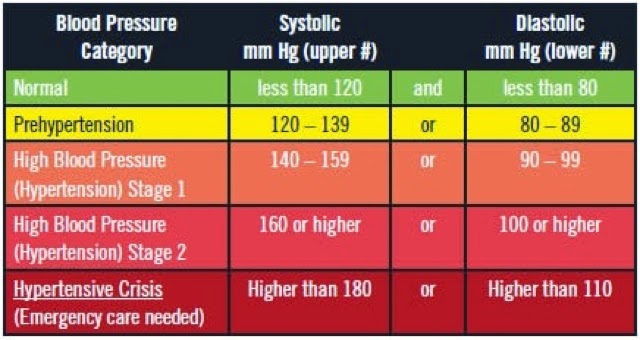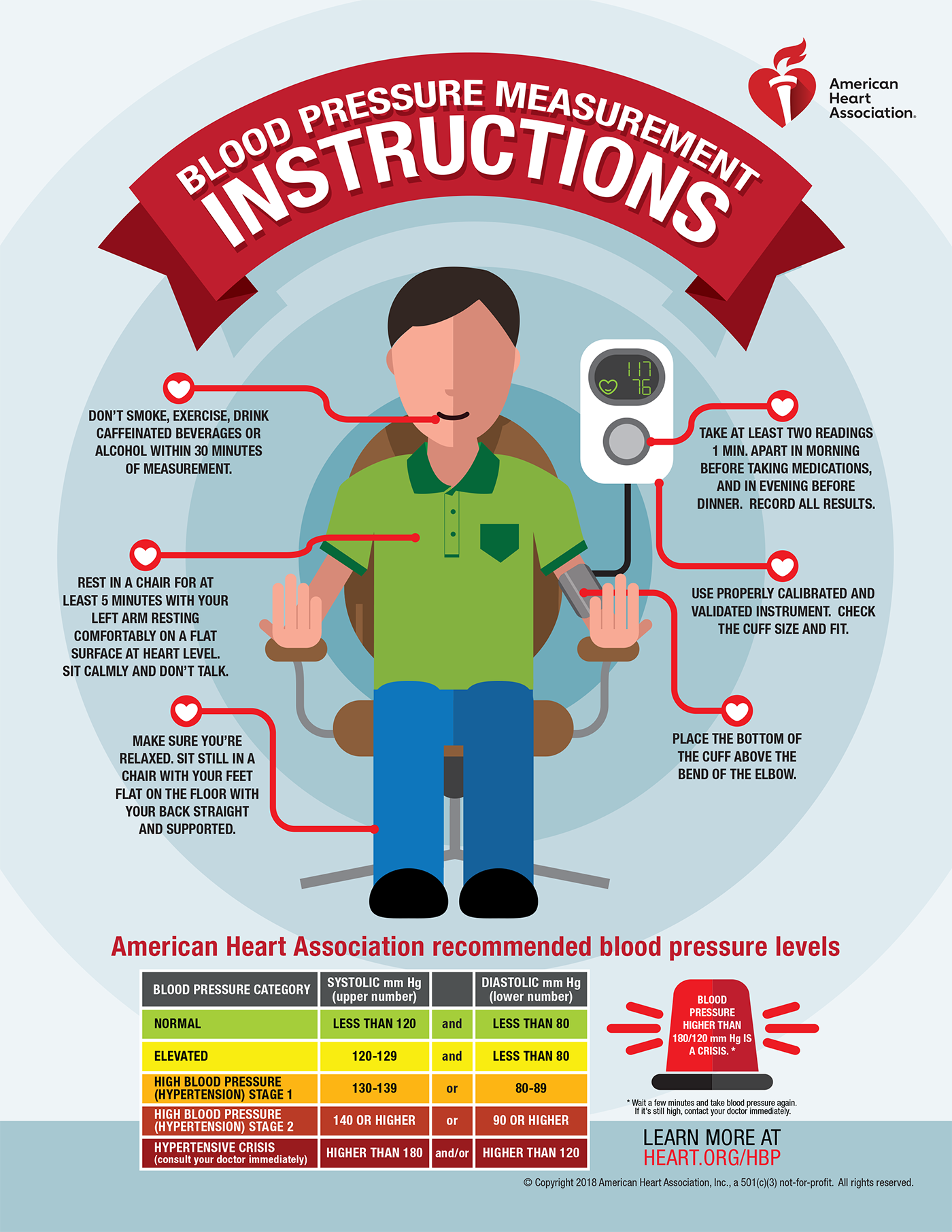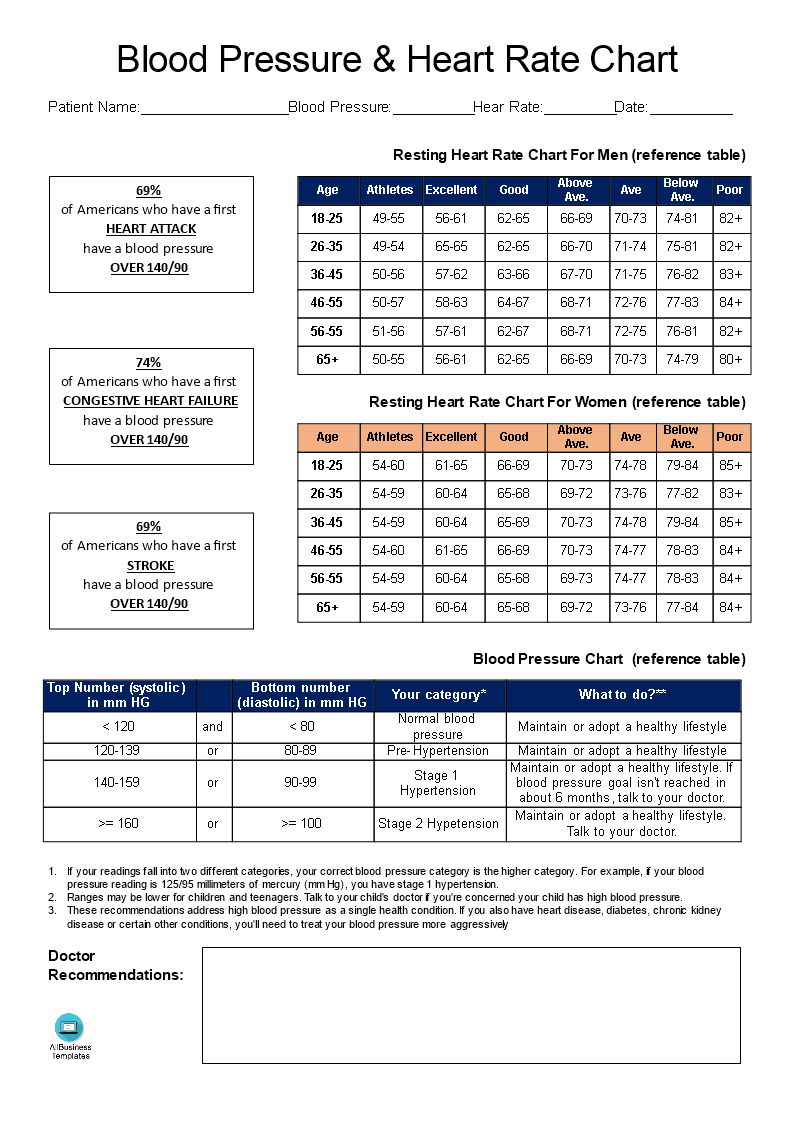


We’re still prescribing the same medications you were on before. These new guidelines are not necessarily going to change whether you are prescribed medication for your high blood pressure or what medications you’re on - the levels. By diagnosing high blood pressure earlier, we can help prevent more heart attacks and strokes. The goal of the new classification is to raise awareness about high blood pressure and improve treatment. We have always classified blood pressure above 120/80 as high. Q: What advice do you give patients whose blood pressure is in the 130/80 range who previously weren’t diagnosed with high blood pressure and now they have it?Ī: This new classification is not saying that you or your doctor have been doing anything wrong with your blood pressure. Redefining these, while it does classify more people with Stage 1 hypertension, it’s going to give them better access to treatments, therapies, knowledge and awareness of having high blood pressure so we can prevent heart disease and stroke. What this group did was look at all the studies and determined the association of each level of blood pressure and your risk for heart disease and stroke. Lower blood pressure is associated with improved outcomes. Q: What prompted the guideline change?Ī: Hypertension is one of the biggest risk factors for heart disease and stroke. In this Q&A, he explains the new standards and how you can keep your blood pressure in the normal range below 120/80. The change meant 30 million more American adults have high blood pressure.īrian Bostick, MD, PhD, is an MU Health Care cardiologist. Systolic refers to pressure during heart contractions, and diastolic refers to pressure between beats.

The new definition of Stage 1 high blood pressure is a systolic pressure of at least 130 or a diastolic pressure of 80 or above.

The odds increased in November when the American Heart Association and American College of Cardiology issued new standards that lowered the threshold for the diagnosis of hypertension. If you’re an American adult, there is a 46 percent chance you have high blood pressure.


 0 kommentar(er)
0 kommentar(er)
